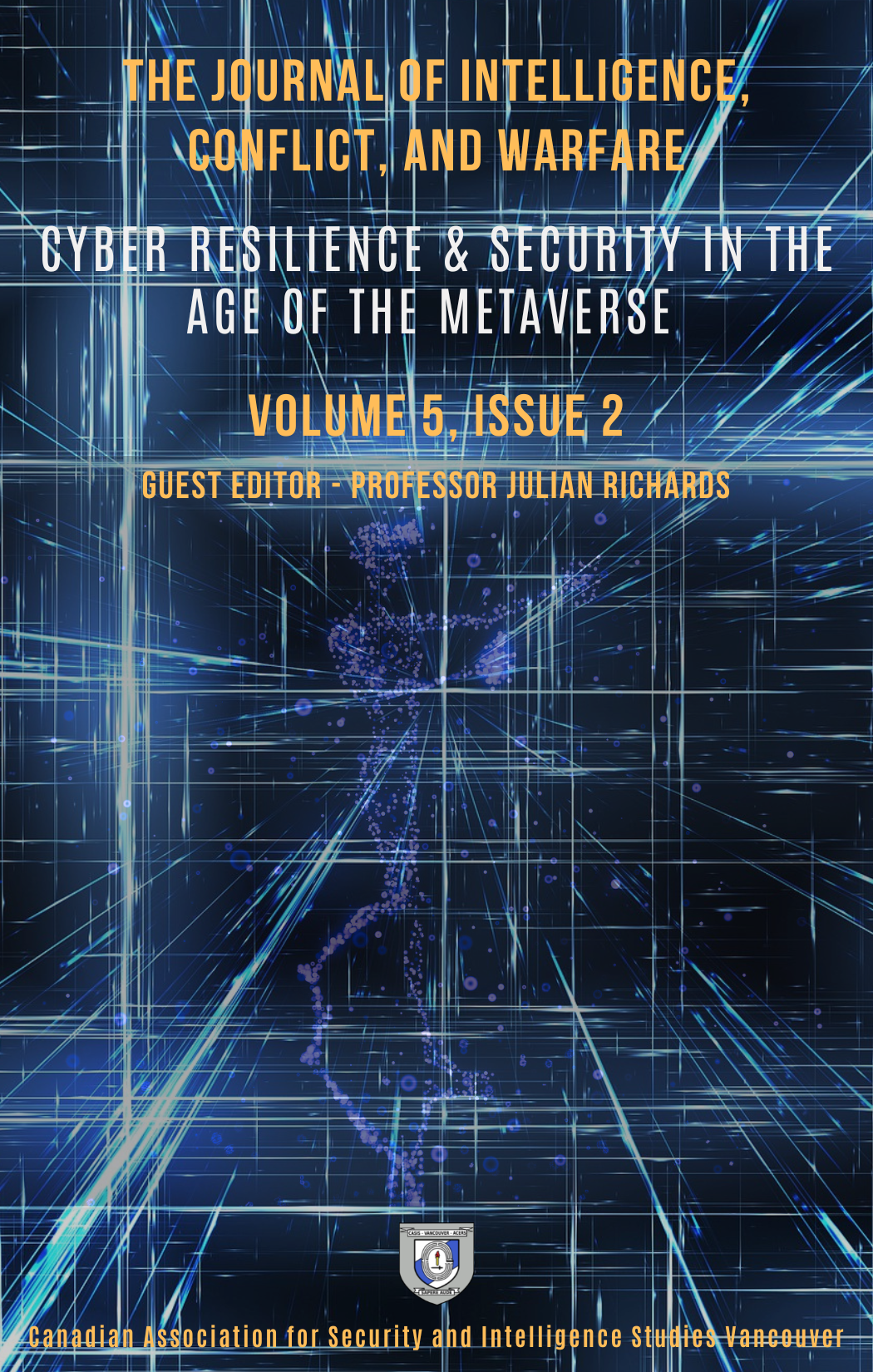Abstract
The innovation of the Metaverse heralds a new milestone in the Information Age as investors move forward with the plan to bring the metaverse to fruition. The metaverse will offer a heightened experience in terms of interactivity, economics, and platform, while paving the way for greater immersion through virtual reality and augmented reality technologies. It is likely that as the metaverse develops, gaming will offer a unique social experience through its features such as virtual worlds. Based on this, it is important for policymakers to look at extremist subcultures that will operate in the metaverse through these virtual features. Due to the role played by fringe subcultures in facilitating the recent mass shooting event in Buffalo, this article aimed to examine the main features of the metaverse and how its immersive properties could influence the creation of future metaversal subcultures that could act as a gateway towards future mass shooting incidents. To that end, it applied the model of malevolent creativity to the extremist use of online spaces to gain insight on how such properties could aid online extremists towards mobilization. Results show that the concatenation of malevolent creativity, innovation, and subcultural extremism may bridge the gap between ideation of mass shootings and mobilization. Based on this, the implication of this research suggests that tech entrepreneurs for the metaverse should be mindful of the risks that disconnection from the real-world society can create for young, isolated users and aim to implement safeguards in integral areas of the metaverse seven-layer chain, such as spatial computing, discovery, and the creator economy.
Received: 2022-09-01
Revised: 2022-09-27

This work is licensed under a Creative Commons Attribution-NonCommercial-NoDerivatives 4.0 International License.
Copyright (c) 2022 Aman Bajwa
